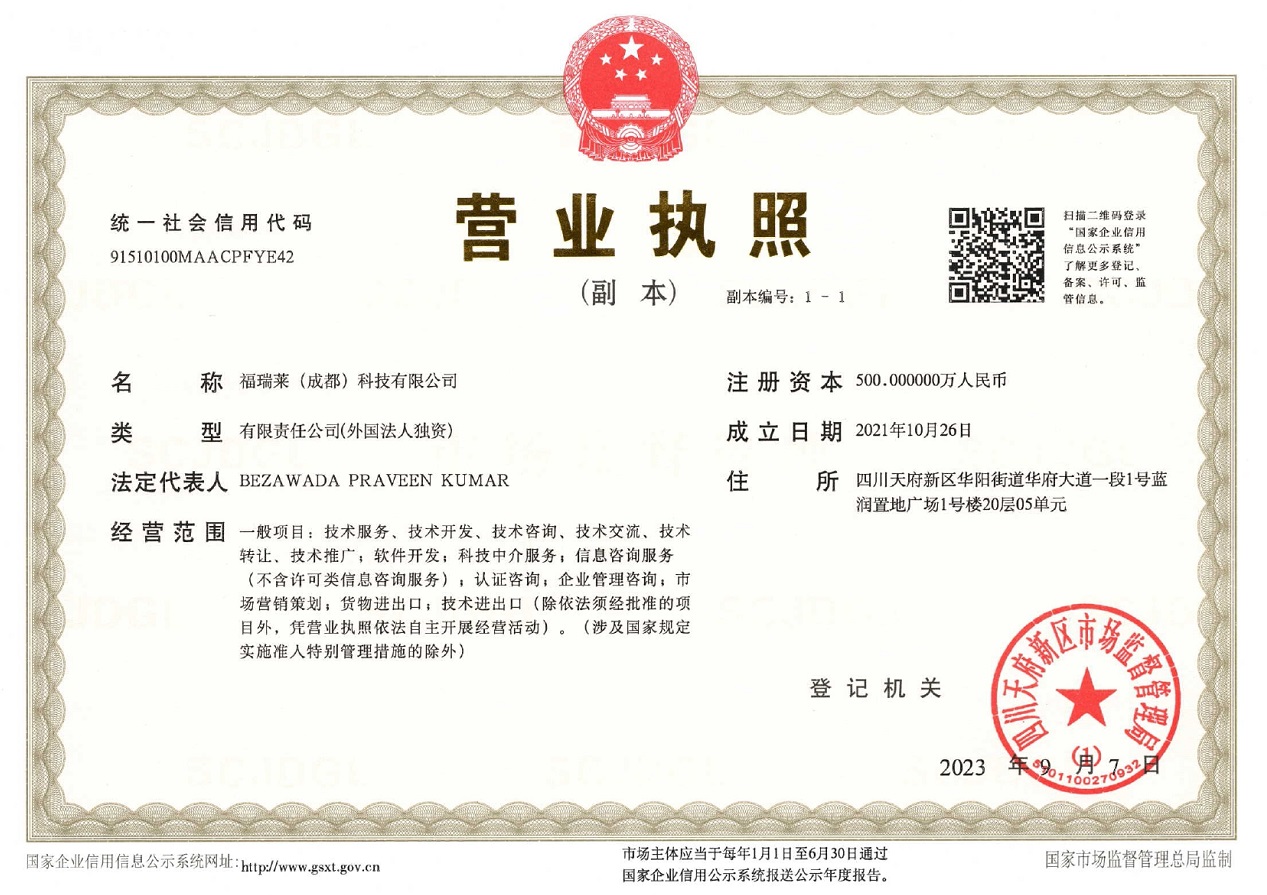

The development of In-Vitro Diagnostic (IVD) devices is a classic example in the healthcare sector, where modern technology has enabled healthcare professionals to improve treatment regimes for serious life-threatening health conditions. While Regulatory agencies worldwide are working towards harmonized regulations to market IVDs, China’s NMPA has led to stringent guidelines for the regulation of IVDs in China market.
IVDs in China are known as In-Vitro Diagnostic Reagents and are classified based on the risk-based approach. Like medical devices, NMPA has released a classification catalog for IVD reagents to ease the classification process. For newly developed IVD reagents that have not yet been included in the classification catalog, the applicant may directly apply for the registration of Class III IVD reagent products or may determine the product category according to the classification rules below.
|
Class |
The extent of risk to humans |
|
Class I |
Low Risk |
|
Class II |
Medium Risk |
|
Class III |
High Risk |
The registration and approval process of IVD reagents in China depends on the IVD risk Class. Class I IVD reagents are subjected to a filing process wherein the applicant must submit the necessary documents to the NMPA, Class II & III IVD reagents are subjected to a registration process wherein the applicants must submit the necessary supporting documents to the NMPA via the eRPS system. The usual time taken by the NMPA to review and issue the approval certificate for Class I IVD reagents is about one (01) day to four (04) weeks, whereas, for Class II and III IVDs, it takes about 12 to 24 months from the submission of application.
Applicants of Class II and III IVD reagents must provide clinical trial data during submission. For IVD reagents included in the clinical trials exempted catalog, applicants must provide clinical evaluation data, including comparative analysis with similarly marketed products, methodological comparison data, relevant literature data analysis, and empirical data analysis. Clinical trials may be waived under the following circumstances:
- The reaction principle is clear, the design is finalized, the production process is mature, and the IVD reagents of the same variety on the market have been used clinically for many years without serious or adverse event records, and the conventional use is not changed.
- The IVD reagent can be proven safe and effective by conducting a methodological comparison of the same variety.
Applicants must also submit the clinical trial protocol and ethics committee approval before starting with the clinical trials. Class III IVDs must undergo a multicentre study with at least three clinical sites.
Foreign manufacturers must appoint a China agent who has a registered office in China for the submission and approval of the IVD reagents. The application and all the supporting documents must be in the Chinese language. When the same registration application includes different packaging specifications, only one packaging specification product may be inspected, and the product for inspection shall be able to represent the safety and effectiveness of the product applying for registration or filing. Its production shall comply with the relevant requirements of the Good Manufacturing Practice for Medical Devices.
The procedure for obtaining IVD market access in China is long, convoluted, and unpredictable. Companies must navigate a myriad of both national and provincial level regulations before the products can be approved and registered in China. Manufacturers can collaborate with professional Regulatory experts to help them place their products in China market.
To decode more about NMPA’s IVD reagent regulations, contact our Regulatory expert now!

